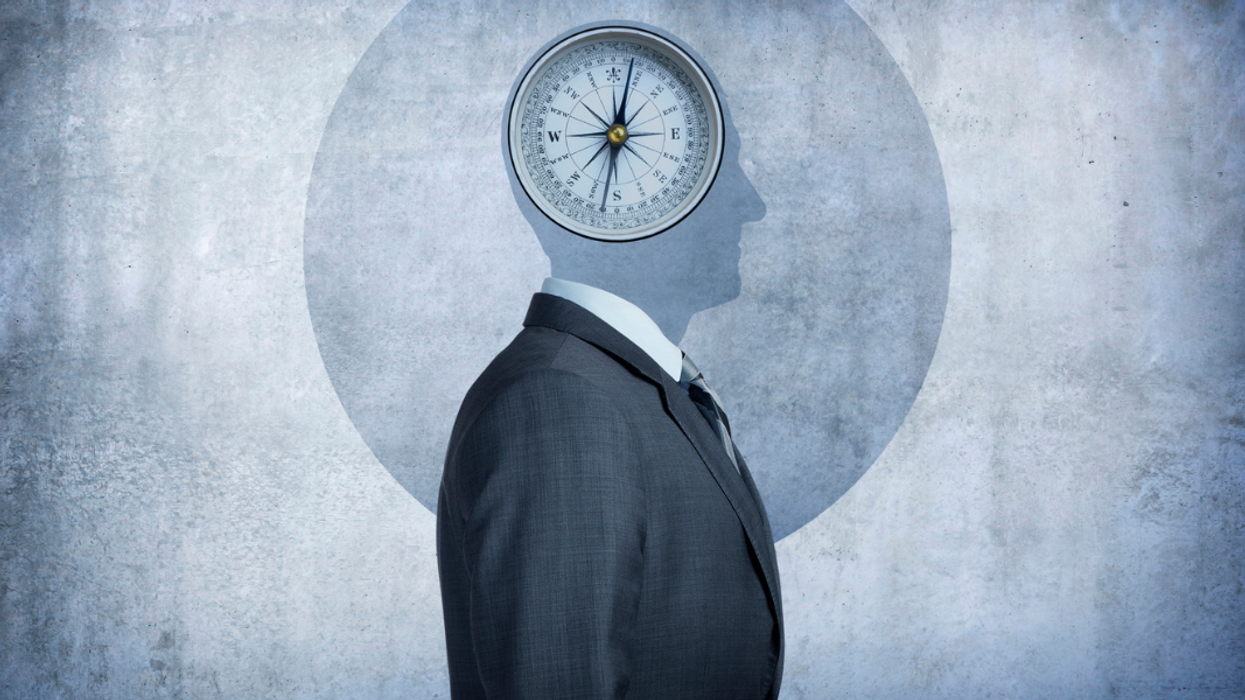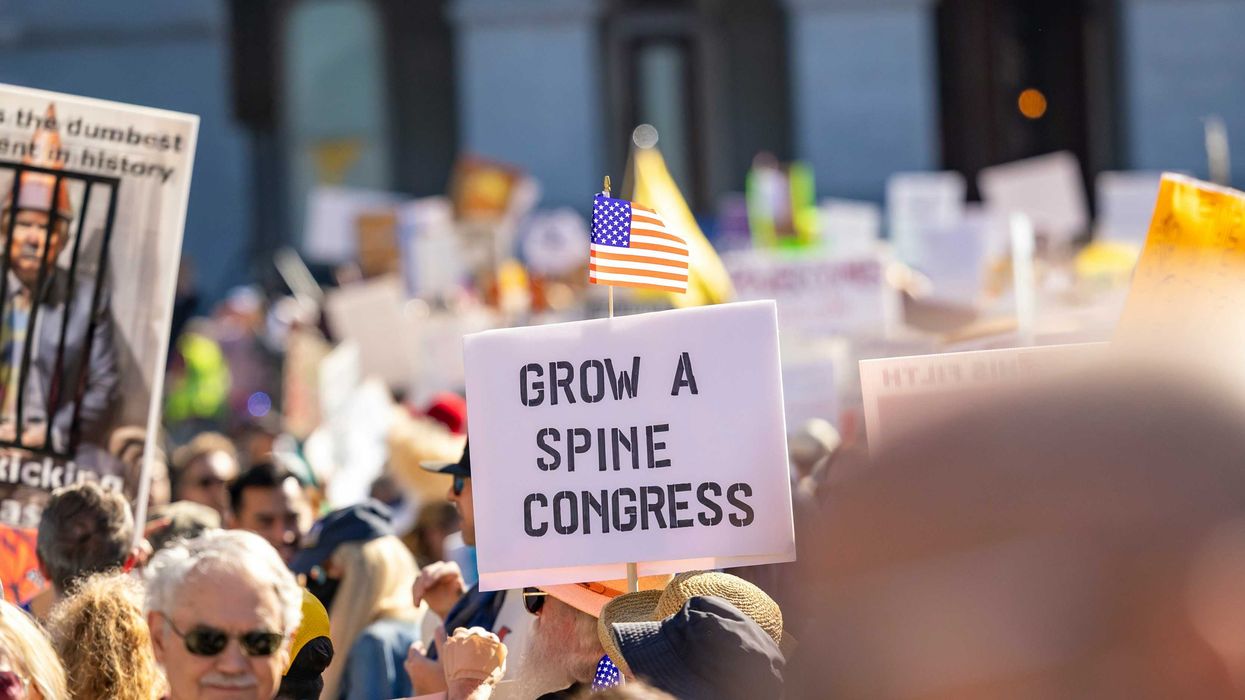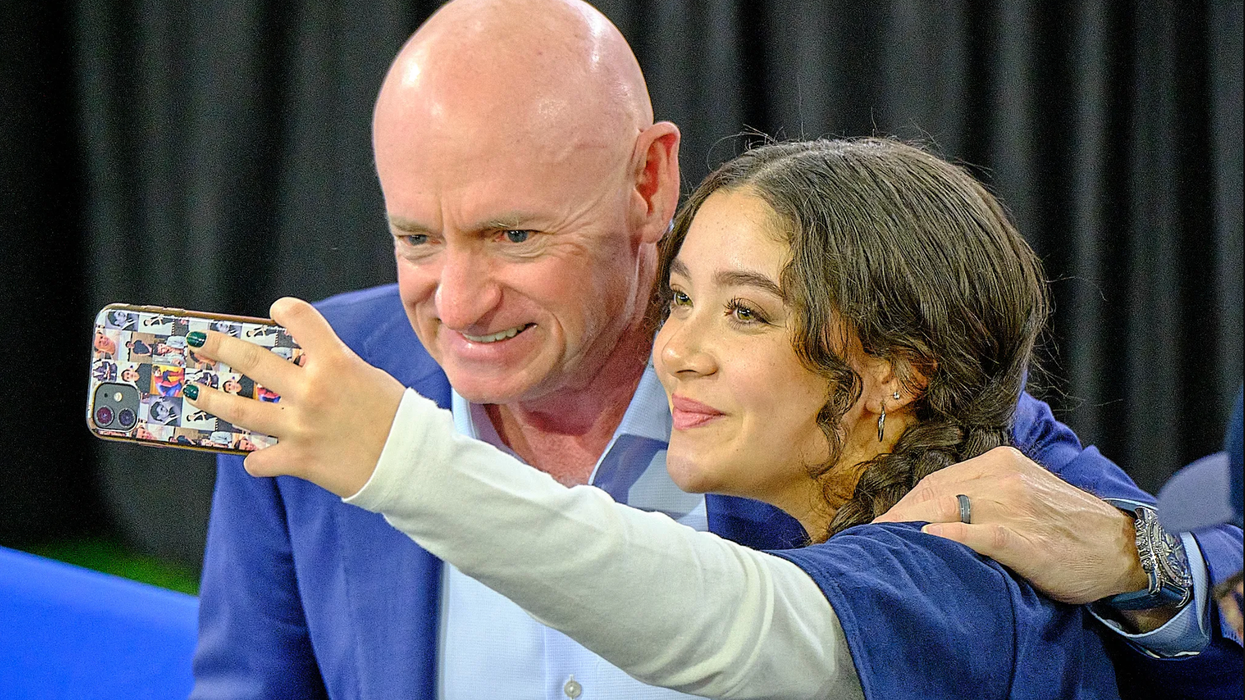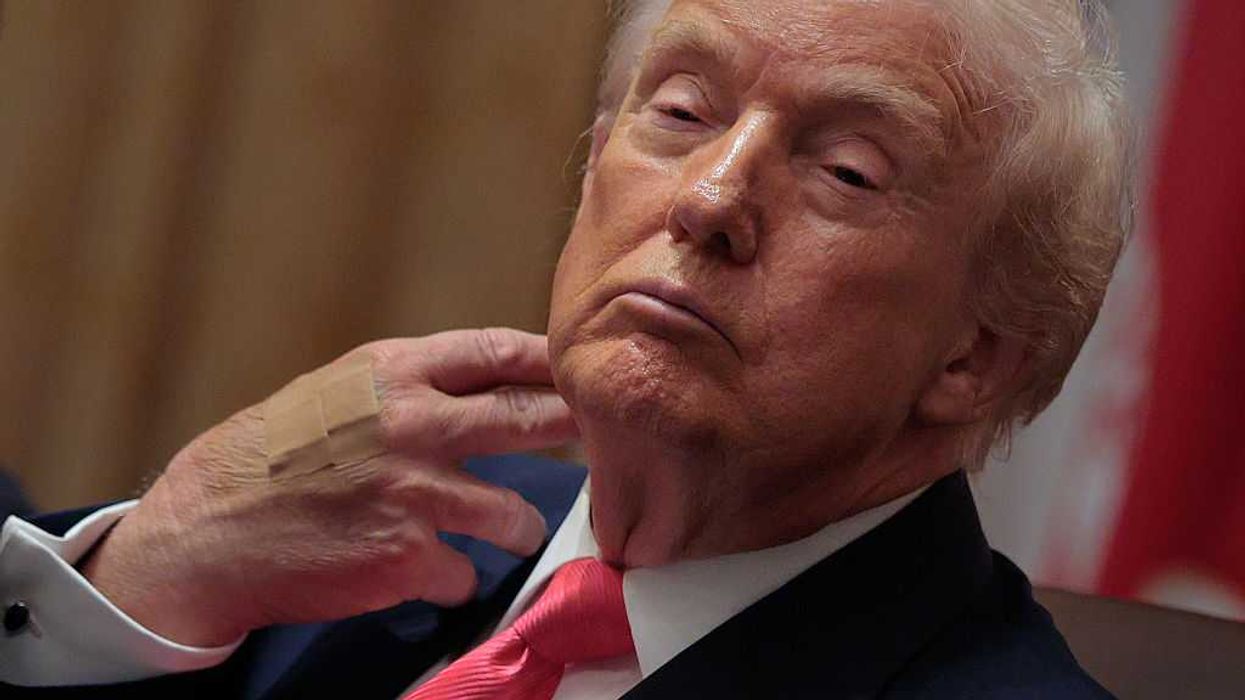Leland R. Beaumont is an independent wisdom researcher who is seeking real good. He is currently developing the Applied Wisdom curriculum on Wikiversity.
In the vast tapestry of existence, reality weaves its intricate patterns, awaiting our understanding and engagement. Every decision we make, from the simplest to the most profound, hinges on the unspoken wager that reality indeed exists. It is a bet we place countless times, like opening a door before passing through a doorway—a small yet consequential act that reaffirms our belief in the fabric of reality.
To embark on this journey, we must first learn what reality has to offer. It is a profound and awe-inspiring entity, ever-present and waiting to be explored. As we delve into its depths, we begin to appreciate the intrinsic beauty and intricacies that lie within its folds.
Within the grand tapestry of reality, truth acts as a faithful correspondent. Like the threads that bind a tapestry, truth aligns with the very essence of reality. Beliefs, on the other hand, are the threads we hold dear, shaping our perceptions and understanding of the world. It is within our power to choose these beliefs —to select those that align with truth and weave a narrative of clarity and coherence.
In this delicate dance between truth and belief, it becomes apparent that untrue beliefs carry a greater potential for harm than their true counterparts. The path to moral integrity, then, lies in our moral obligation to choose true beliefs —a responsibility we hold not only to ourselves but to the greater tapestry of humanity.
As we navigate this rich fabric of existence, we face the question of how to select our beliefs wisely. We discover that reality serves as our common ground —a steadfast foundation that transcends subjective perceptions. While perceptions may be personal and constructed, reality stands as the objective arbiter in disputes concerning matters of fact. It is through the lens of reality that we can find resolution and unity.
To navigate the complexities of reality, we seek reliable epistemologies—those trusted ways of knowing that converge on its truths. The lack of convergence, when apparent contradictions arise, signals an incomplete investigation, urging us to delve deeper and refine our methods. In this pursuit, scientific thinking emerges as one of the most reliable epistemologies, providing a framework for understanding reality's intricacies.
Amidst this exploration, we encounter the guiding principle of Intellectual Honesty —a companion on our journey. Intellectual Honesty blends good faith with an unwavering commitment to seeking true beliefs. It becomes the guiding light that illuminates the path toward clarity and understanding.
Yet, truth alone is not sufficient in guiding our actions. Moral reasoning steps forward to help us discern what we ought to do—to navigate the moral landscape that unfolds before us. It is a tool that allows us to make informed choices, rooted in considerations of well-being and human experience.
Thus, moral reasoning finds its foundation in the study of human well-being—a rich tapestry of experiences that shape our understanding of what truly matters. It extends beyond our immediate spheres, encompassing all sentient beings, transcending boundaries of time and space. It beckons us to seek the real good —to actively contribute to the flourishing of all.
In this great tapestry of existence, we find ourselves granted the agency to choose our path—to live wisely and navigate reality's vast expanse. The threads of truth, moral reasoning, and compassion weave together, forming the fabric of our lives. Through these choices, we leave an indelible mark upon the tapestry, shaping a world that embraces the pursuit of truth and the betterment of all sentient beings.
So, let us embrace these insights as we traverse reality's tapestry. Let us seek true beliefs and navigate moral dilemmas with reasoned discernment. In doing so, we embrace the essence of living wisely—contributing to the ongoing creation of a world that cherishes truth, compassion, and the boundless possibilities that lie within the tapestry of reality.
This essay is written by Leland Beaumont with the assistance of ChatGPT using his previously published essay Real, Good Insights.



















 Despite signing a mortgage that pledged he would live in each house, Trump listed both homes as rentals. Palm Beach Daily News via Newspapers.com. Redactions by ProPublica.
Despite signing a mortgage that pledged he would live in each house, Trump listed both homes as rentals. Palm Beach Daily News via Newspapers.com. Redactions by ProPublica.
 In 1993, Trump signed a mortgage for a “Bermuda style” home in Palm Beach, pledging that it would be his principal residence. Just seven weeks later, he got another mortgage for a seven-bedroom, marble-floored neighboring property and attested that it too would be his principal residence. Obtained by ProPublica
In 1993, Trump signed a mortgage for a “Bermuda style” home in Palm Beach, pledging that it would be his principal residence. Just seven weeks later, he got another mortgage for a seven-bedroom, marble-floored neighboring property and attested that it too would be his principal residence. Obtained by ProPublica
